

Paul Maric
This Tesla self-drove me 50km to Bunnings on its own (almost)
6 Days Ago
Struggling DS and ailing Lancia have been grouped with Alfa Romeo as part of the "Premium" group within Stellantis' teeming menagerie of brands.

News Editor
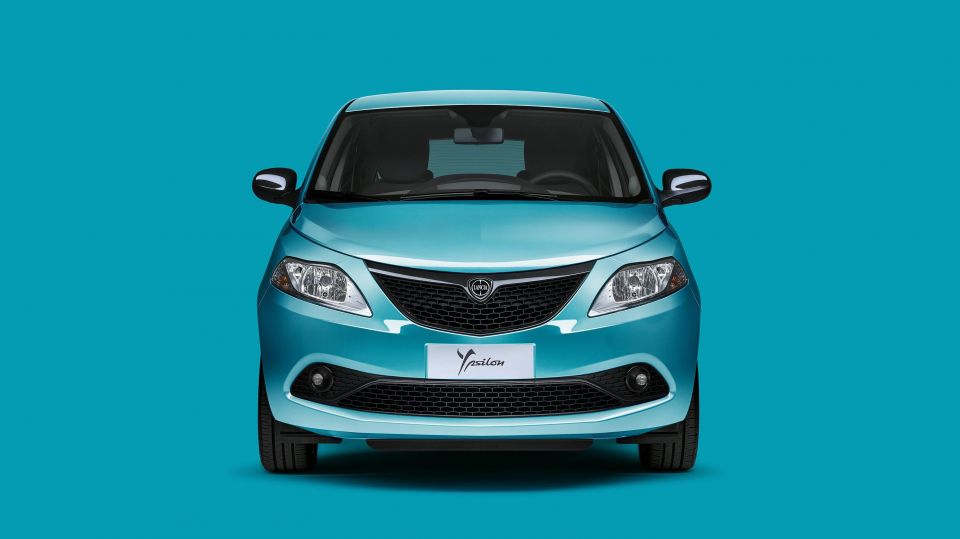

News Editor
Lancia lives!
Stellantis has listed Lancia in its Premium group of brands, along with DS Automobiles and Alfa Romeo.
Before Fiat Chrysler Automobiles and Groupe PSA’s merger went through, Stellantis CEO Carlos Tavares said he wouldn’t be axing any brands despite the merged company having a staggering 14 in its stable.
Stellantis hasn’t detailed any plans for Lancia as yet but this tacit commitment undoubtedly comes as a surprise to some observers considering how much Lancia has contracted.
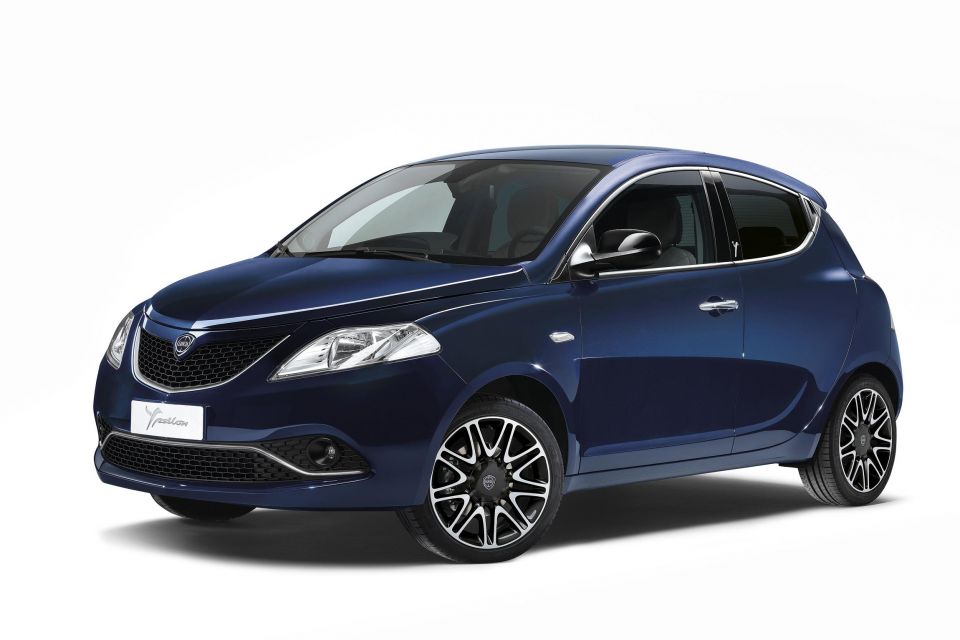
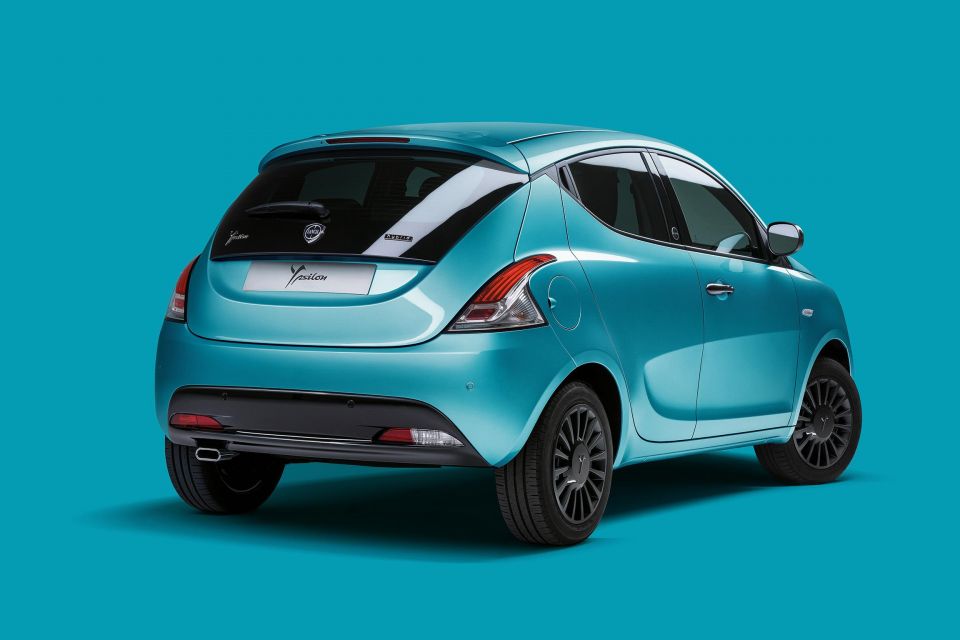
Luca Napolitano has been appointed the CEO of Lancia. He has served as the head of the Fiat brand in Europe, the Middle East and Asia since 2015 and added Abarth to his portfolio in 2017.
Jean-Philippe Imparato, executive vice president of the Peugeot brand, will take over as head of Alfa Romeo while Béatrice Foucher will remain at the helm of DS.
Jean-Pierre Ploue will be the design head for all of Stellantis’ European brands except for Maserati and Fiat Latin America. For those brands plus Stellantis’ American brands, Ralph Gilles will be the head of design.
Stellantis has also delineated the rest of its sprawling structure:
Though the Lancia Ypsilon was the second best-selling car in Italy last year, it was the only vehicle sold by the brand which now only sells vehicles in Italy.
The Polish-built Ypsilon, too, is getting on in years. It was introduced in 2011 and shares its aged platform with the Fiat 500 and Panda, the latter of which remains Italy’s best-selling car.
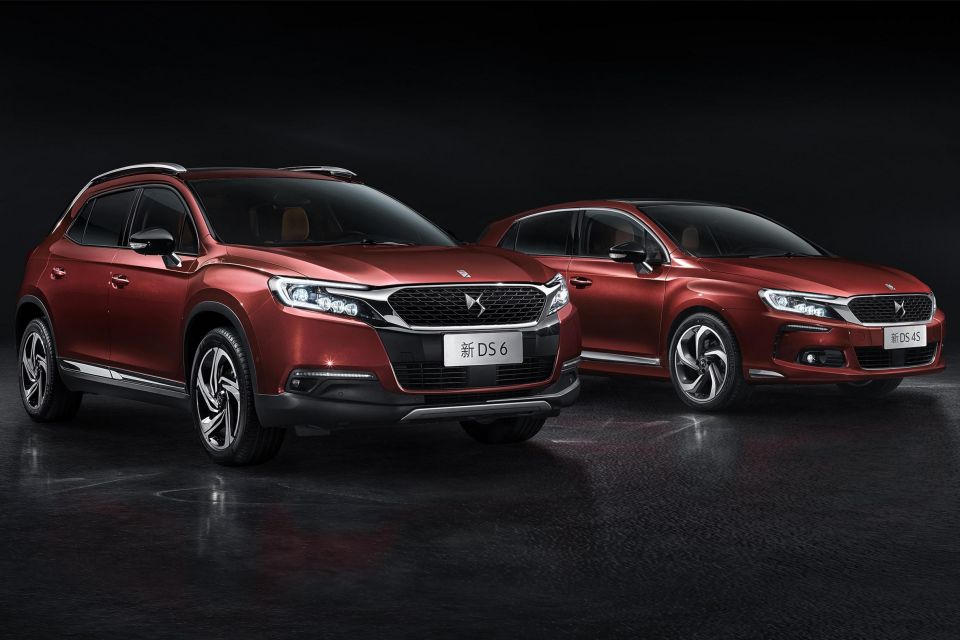
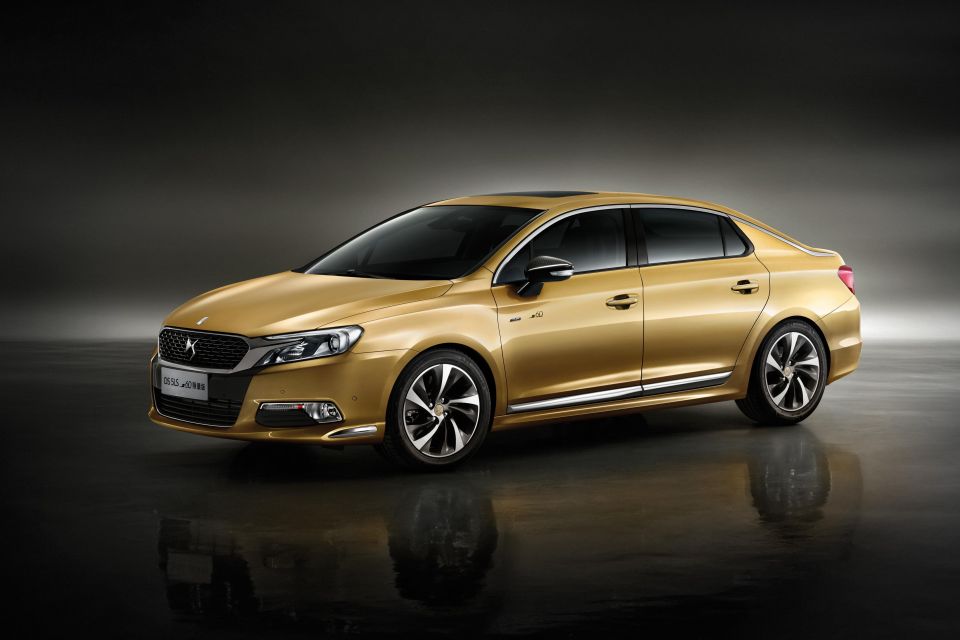
If Lancia has proved enduringly popular in Italy, its new contemporary DS Automobiles has stumbled badly.
Sales in Europe reached a height of 117,374 units in 2012, but by 2019 the brand had stumbled to 52,597 sales.
If sales had stumbled in Europe, they absolutely cratered in China. Looking at Chinese-built models only – the bulk of Chinese-market sales – the DS brand logged just 1254 sales in 2019, down from 26,008 in its first full year on the market.
Despite the introduction of China-exclusive models like the 4S hatchback, 5LS sedan and 6 crossover, the brand has failed in the world’s largest car market. All three models have now been axed.
The introduction of fresh new product in the past few years including, crucially, crossovers like the DS 3 Crossback and DS 7 Crossback could help the former Groupe PSA achieve its dreams of possessing a successful premium brand.
Stellantis also has its work cut out for it in the Chinese market, period, with neither the former FCA or PSA having enjoyed a particularly strong presence there.

The former FCA’s plans for Alfa Romeo were altered dramatically at the time of the erstwhile group’s last five-year plan, with plans for a flagship sports coupe and a large sedan and SUV left on the cutting room floor.
That left Alfa Romeo with the critically acclaimed but not extremely commercially successful Giulia and Stelvio on the Giorgio platform, which will soon be used by the Maserati Grecale.
Alfa Romeo will launch two front/all-wheel drive crossovers soon to sit underneath these models as indirect replacements for the defunct MiTo and Giulietta, one of which is known as the Tonale.
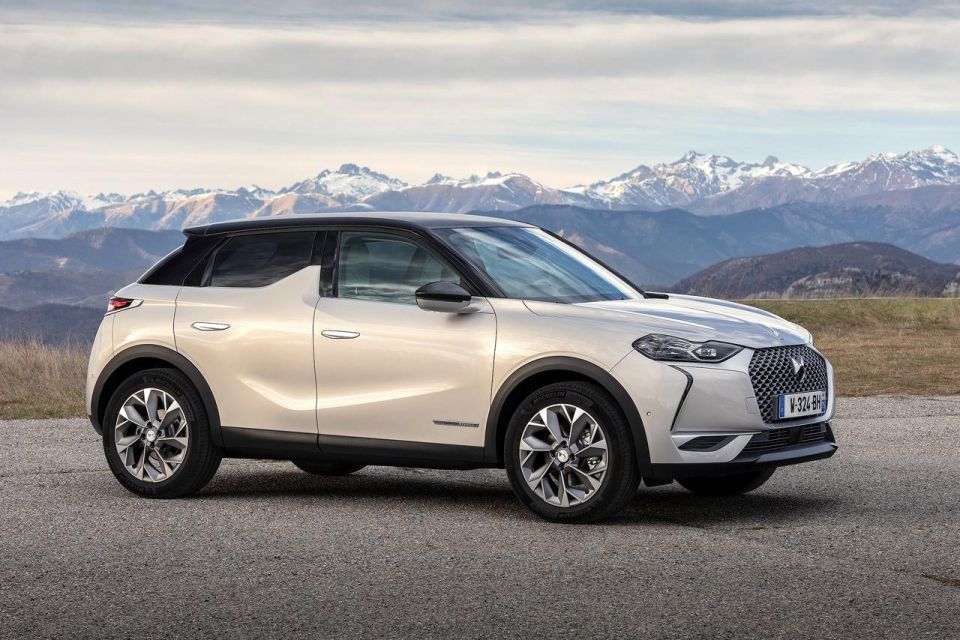
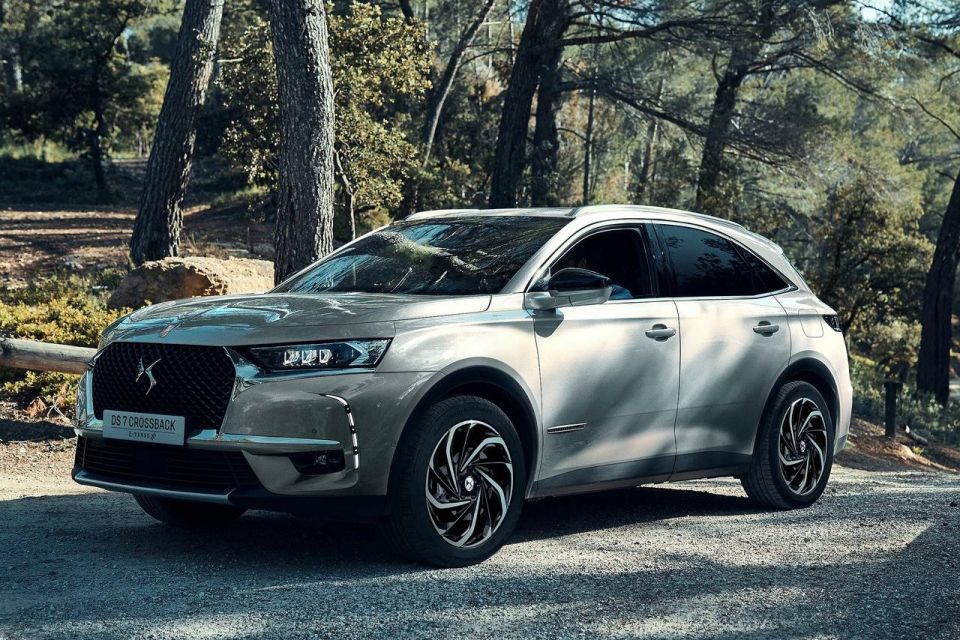
Alfa’s crossover plans will put it on a collision course with DS Automobiles, however, and its DS 3 and DS 7 crossovers, though its scuppered push upmarket means Maserati still has breathing room.
It’s entirely possible Stellantis will persist with all three of its premium brands as it promised as PSA acquired Opel and Vauxhall, brands that overlap heavily with Peugeot and Citroen.
Some Stellantis brands like Lancia are clearly very regional and, as General Motors learned when it shuttered brands like Pontiac, buyers aren’t guaranteed to move to another brand within the corporate stable. Lancia also enjoys a disproportionately high share of female buyers.
Under FCA, steps were taken to align Lancia and Chrysler in the European market. Wherever Lancia was stronger, the Chrysler brand was axed and vice versa, while the Lancia Ypsilon and Delta wore Chrysler badging in some markets.
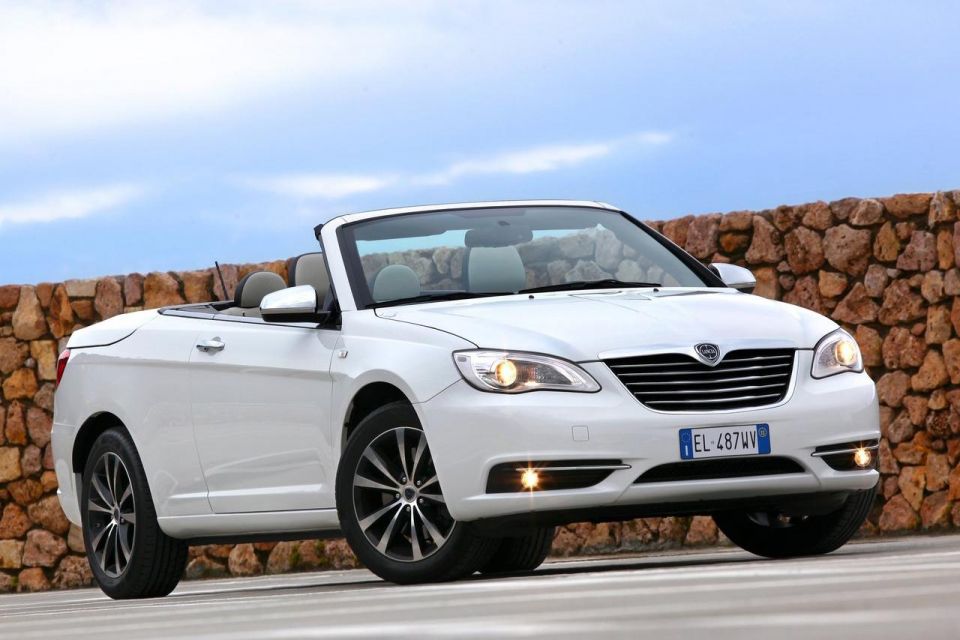
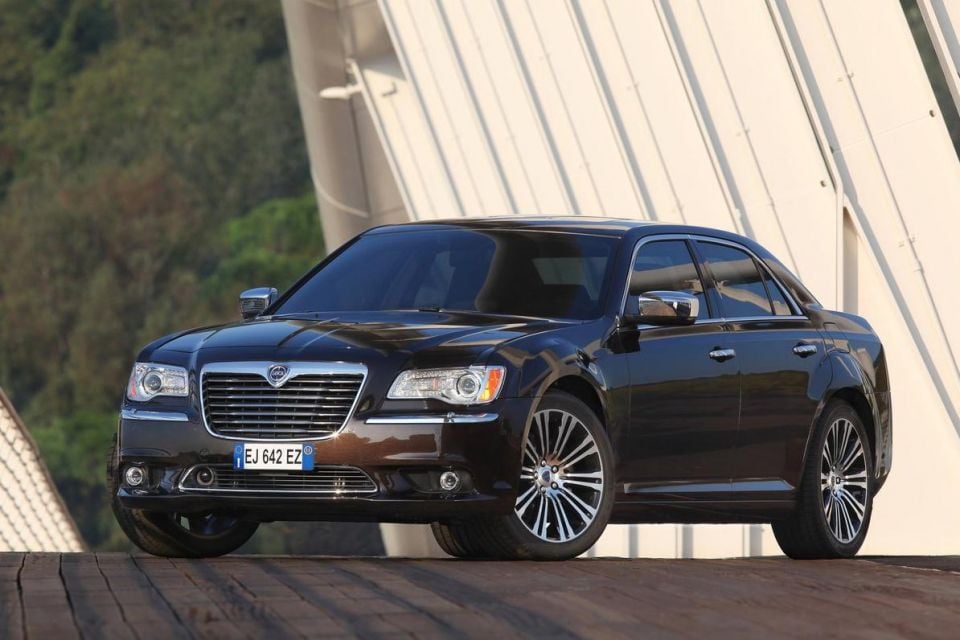
That also led to a influx of products to the Lancia range in 2011 and 2012, the brand adding rebadged versions of the Chrysler 200 convertible (Flavia), 300 sedan (Thema) and Voyager minivan.
These products helped fill the void left by the Thesis flagship sedan (axed in 2009) and Phedra minivan (2010).
The Chrysler-Lancia twinning didn’t last long, with all the rebadged products disappearing by 2016 as the combined operation failed to reach sales targets.
Over the course of a decade, Lancia sales have halved. The brand sold 121,846 vehicles in 2009 according to Carsalesbase, but was down to 58,830 by 2019.
Its former “twin” has also become a regional brand in recent years, focused predominantly on the North American market where it offers the Voyager and Pacifica minivans and the 300 sedan. The latter lives on in Australia.
Though once considered a premium brand, it was reinvented as a people mover brand under the late FCA CEO Sergio Marchionne.
Where expert car reviews meet expert car buying – CarExpert gives you trusted advice, personalised service and real savings on your next new car.
William Stopford is an automotive journalist based in Brisbane, Australia. William is a Business/Journalism graduate from the Queensland University of Technology who loves to travel, briefly lived in the US, and has a particular interest in the American car industry.


Paul Maric
6 Days Ago
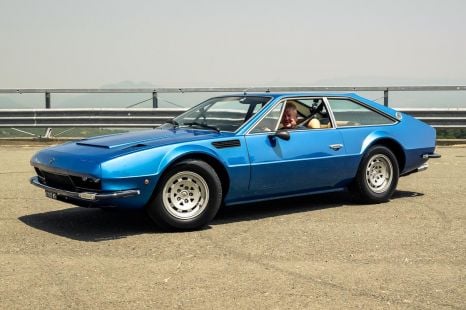

Anthony Crawford
5 Days Ago


Max Davies
4 Days Ago


James Wong
3 Days Ago


James Wong
2 Days Ago


Max Davies
1 Day Ago